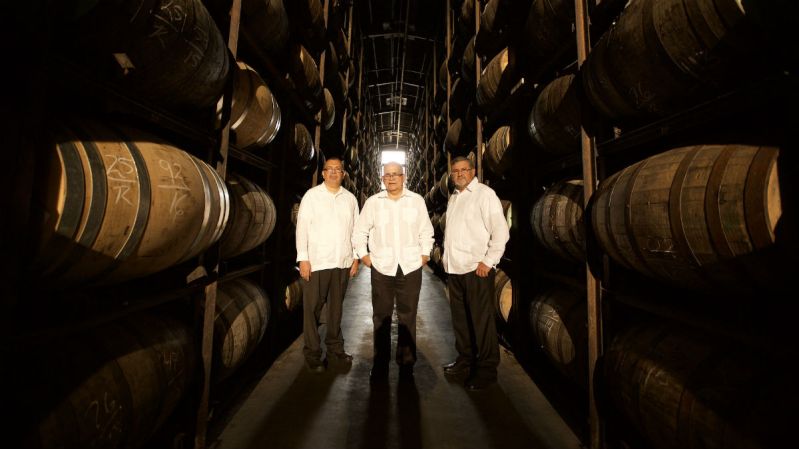In the heart of Venezuela, Diplomático is making rum to rival those of the Caribbean.
The distillery was first established in Venezuela in 1959, owned largely by Seagram’s and producing spirits primarily for the local market. When it was put up for sale in 2002, a group of Venezuelans with experience in the spirits industry saw an opportunity and bought Diplomático, now one of the largest rum producers in the country and sipping to more than 60 countries as Ron de Venezuela.
Diplomático rum uses both sugar cane molasses and sugar cane honey, with molasses providing lighter notes and honey providing more complexity. Three separate distillation methods are at the heart of the blending system, as Diplomático hopes for quirky finished products.
Gilberto Briceño, one of the master blenders, says that Diplomático uses copper pot stills, a batch kettle, and continuous column stills to make the base.
“Our distillation systems have multiple features and aromatic profiles that enable us to achieve the best alcohol components for each blend,” says Briceño, who has worked in the distilling industry for more than 30 years. “Each type of column has its innumerable quirks, and those quirks produce typical alcohol, mostly light in flavors. We look to find the perfect balance and ideal aromatic profile for each rum.”

“The training, expertise and knowledge of the master blenders have a significant impact on the product,” he continues.
The copper pot distillations are meant to provide the “complex alcohol” of the rums. Some of the blends, like Reserva Exclusiva, are made of up to 80 percent of the copper distilled-rums, following 12 years of aging. This results in a spirit that can be enjoyed neat on the rocks, but also makes for a great whiskey substitute in Old Fashioneds and other classic cocktails.
The column system was also brought to Venezuela from France in the 1950s and helps stripe the sulfur compounds from the spirits. The batch kettle came from Canada in the late 1950s and is the only system of its type in Venezuela; the method causes more congeners to vaporize with the ethanol, giving a heavier, more aromatic tropical fruit flavor.

Briceño says these different types of distillation methods allow for the wide range of rums, from the light Diplomático Mantuano to the creamy Diplomático Planas up to the “prestige” offerings: Single Vintage and Ambassador.
Diplomático provides more than 700 Venezuelans with jobs and has been recognized for its environmental awareness, recycling 100 percent of its solid waste and developing company initiatives to clean beaches and plant trees.


